Michigan taxpayers spend more to get the same or worse government services
Lawmakers need to care about outputs, not just inputs
Can you think of a single service that has gotten better over the past few years?
That’s a question Mackinac Center President Joseph Lehman asked our staff a year or so ago. It has stuck with me. It may be the core issue people end up voting on this November.
The job market is pretty good. The U.S. has come out of the COVID pandemic better off economically than most countries. But inflation is still elevated, and it has locked in prices that skyrocketed a few years ago.
We are paying much more for the same – or worse – products than a few years ago, including housing, cars, food, and government services, almost across the board.
Lawmakers look at issues differently than the people they represent. In Michigan, the governor and state officials talk about inputs but not outputs. They talk a lot about what they are spending but much less about what we are getting from it.
That may be because taxpayers are spending more money but the results for services are stagnant or worse. Michigan’s budget, adjusted for inflation, has increased by $7 billion over the past few years.
Are services getting better? The evidence suggests they aren’t. Consider the following.
Schools
Taxpayers are spending much more money on K-12 schooling while results are getting worse. In the past decade, inflation-adjusted spending on our schools is up nearly 30% on a per-student basis, but test scores are down.
Housing
Inflation has spiked interest rates, meaning people are paying much more for the same house compared to a few years ago. Gov. Gretchen Whitmer plans to spend $1.4 billion to develop 10,000 new units. Even in the best-case scenario, the taxpayer subsidy for every new housing unit comes out to $140,000. Early tax credits for the housing program are even more costly - $236,000 for each housing unit, most of which are rehabbed apartment units.
In the meantime, the state has done little to pursue the options that cost the least and matter the most: approving permits more quickly and pursuing zoning reform across the state. Michigan is severely lagging other states.
Economic development programs
In no other area of government spending are proponents more likely to tout the costs and possible benefits without mentioning real-world results.
The state runs a variety of programs in the name of economic development, providing subsidies directly to corporations in private industries. The cost of these programs has skyrocketed. Lawmakers have approved more than $4 billion in business subsidies this term and are considering up to $2 billion more to revive a film incentive program. These are substantial increases in spending.
These efforts have dismal results. They have cost $275,000 to $330,000 per job created. For the Gotion project in Mecosta County, the cost per job will be $340,000, even if every promised job is created, which is unlikely.
The business subsidies officials approve adds up to a lot, but it has no real effect on the economy.
Even in the industries directly getting the funds, the money does little. Most of the subsidies are to help the auto industry. But Michigan continues to lose auto jobs compared to the rest of the country.
The film subsidies of the past had a dismal effect, despite massive spending. The number of film jobs was a short-term blip, making up only a fraction of the overall economy.
As my colleague Michael Reitz said recently, “The state’s economic development agency is not in the job creation business. They’re in the job announcement business.”
Community colleges
Whitmer and lawmakers have pledged free community college for all. Spending has certainly increased, but the results have not followed. The cost to taxpayers per student is way up, now reaching nearly $20,000. But the number of students attending has collapsed, from around 175,000 to fewer than 100,000.
The success rate of these students has not improved much. The share of students graduating from community college or transferring somewhere else is 25% after two years, about 40% after four years, and not quite 50% within six years. The total number of students succeeding has declined.
Health care
The number of Michiganders receiving food stamps, welfare checks, or government health care has increased by about 800,000, or 30%, over the past five years. Most of this increase comes from more people enrolling in Medicaid. Spending on it is up substantially and is now the largest expense for Michigan taxpayers.
There is little evidence that this is paying off, however. Overall health results have been declining and Michigan is falling further behind the rest of the country and our neighboring states in health outcomes.
Transportation
Whitmer campaigned on “fixing the damn roads” and there has been slightly more spending, helped by $3.5 billion in bonds the governor pushed through. But that will be costly in the long-term, and the transportation system is set to decline.
State lawmakers seem to care even less about results in other forms of transportation, like mass transit. Inflation-adjusted state spending on transit has increased by 23% while the number of riders is way down.
Do you feel better off? If the answer is “no,” there are a lot of reasons for that. But one key reason is that, almost across the board, Michigan taxpayers are spending more and more to get stagnant or worse results. Lawmakers should be measuring outputs, and not just the inputs.
Michigan Capitol Confidential is the news source produced by the Mackinac Center for Public Policy. Michigan Capitol Confidential reports with a free-market news perspective.



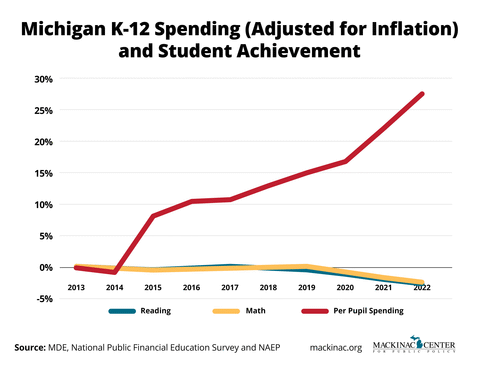
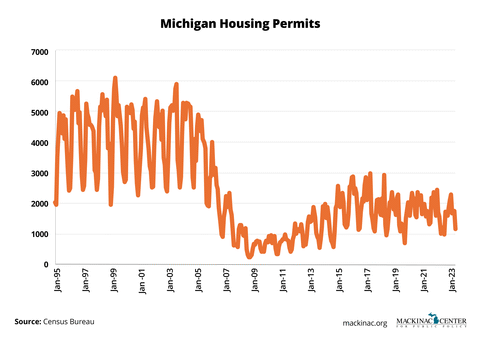
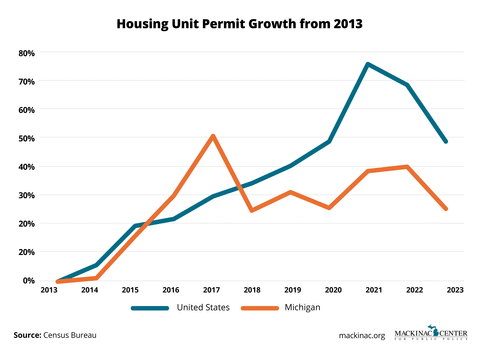
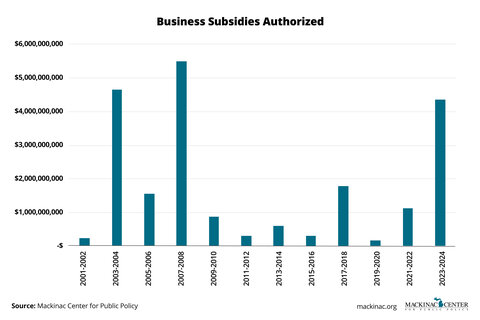


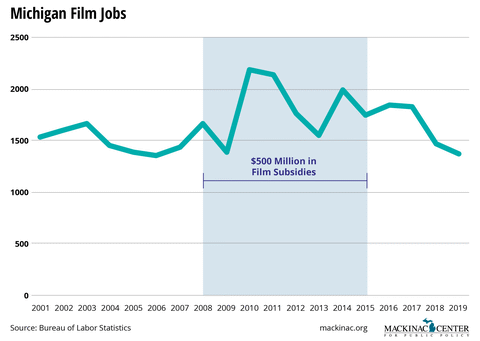


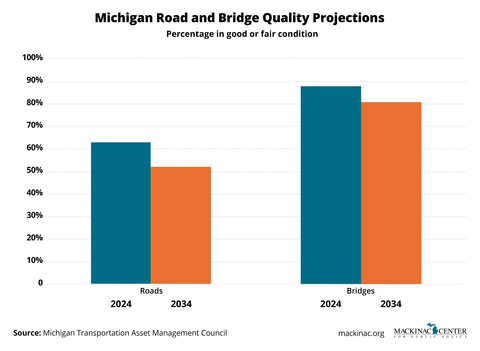
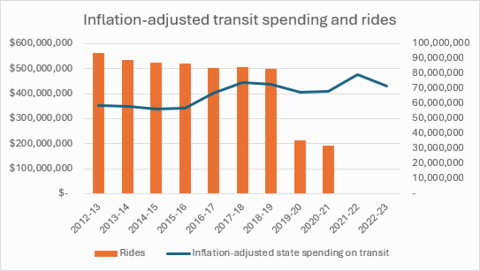
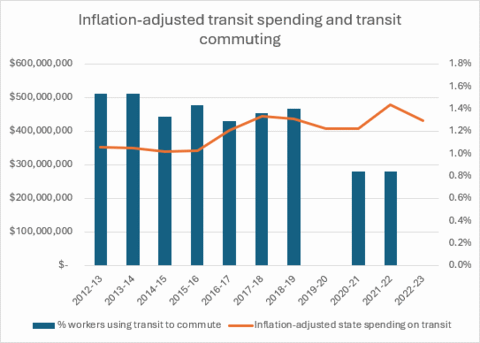
 In Michigan, regulations contribute to high housing costs
In Michigan, regulations contribute to high housing costs
 Flint bureaucracy keeps water turned off during freezing winter, landlord says
Flint bureaucracy keeps water turned off during freezing winter, landlord says
 Michigan spends $6.9M advertising 'cost-free' pre-K
Michigan spends $6.9M advertising 'cost-free' pre-K